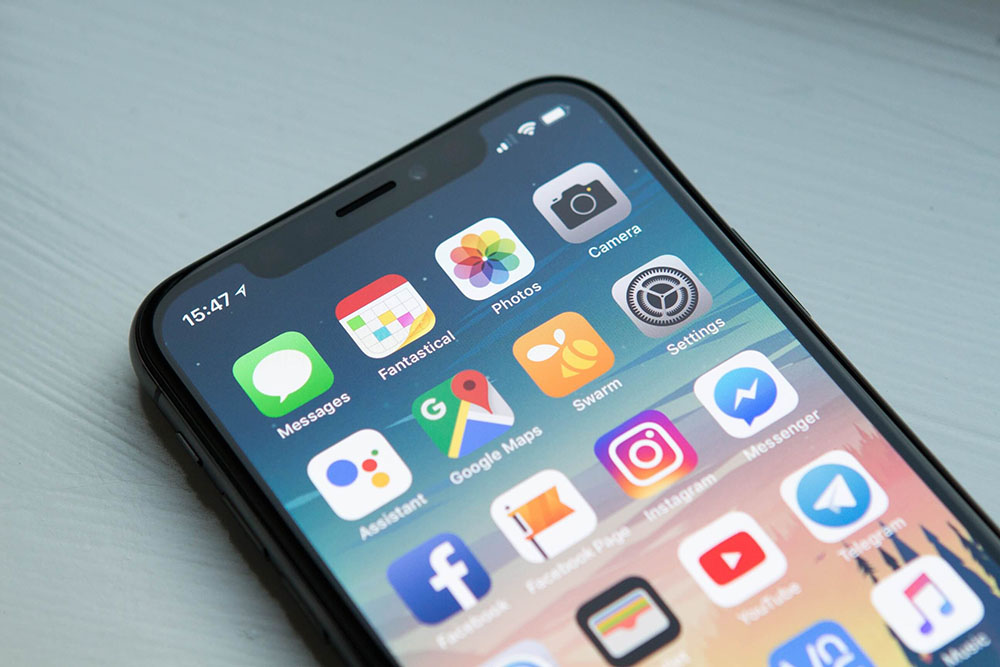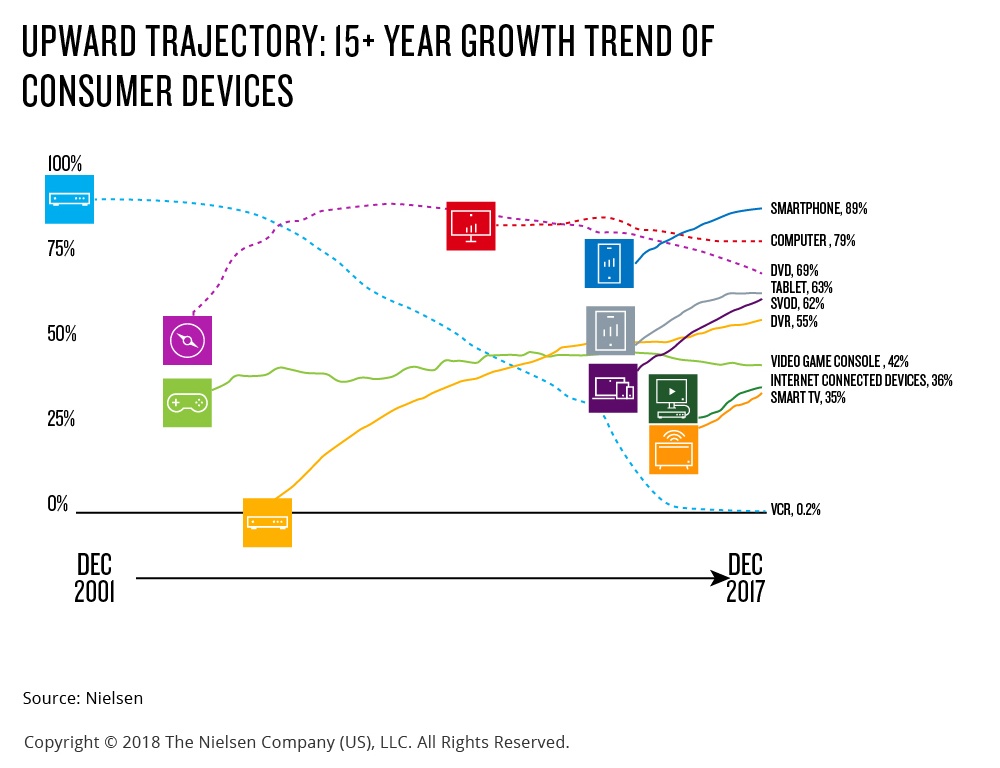
In the age of Siri, Alexa, and myriad other smart devices, increased productivity has become the new norm. Nobody seems to clock off anymore when one can respond to emails or finish tasks any time of the day from a smart device. And who still walks across the floor to ask someone a question when they can get the answer in seconds using Slack or Jabber? For most people, instant collaboration and instant access to information are vital components of their work or educational environment. But what makes these tools so attractive to today’s users? The answer lies in the growing shift away from hardware-centric tools to software-centric platforms.
Solutions that move to software-based platforms usually see much higher adoption
When tools and processes are built around hardware-based solutions, users have to deal with clunky, non-intuitive interfaces and time-consuming, manual data entry. (Remember how long it took to dial an international phone number… on your rotary phone?) But when these same tools and processes shift to software-based platforms, user adoption explodes. That’s because software-based systems are typically less expensive to implement, easier to use, and more functional and versatile.
Mobile phones illustrate the dramatic shift to software-centric platforms
The mobile phone industry exemplifies a technology that has exploded in user adoption as it has become more software-centric. The earliest incarnations of mobile phones in the 1980’s were limited by fledgling hardware and prohibitive cost. Few people wanted a mobile phone that cost upwards of $3,000 with just 30 minutes of talk time and six hours of battery life. Over the last three decades, however, the cost of mobile phones in America has dropped by more than 80% and the adoption of mobile phones is now approaching 90% of American consumers. While cutting-edge cameras and improved batteries make mobile phones more usable, it has been the rise in software functionality that has made users sit up and take notice.
Companies like Apple, Google, and their ecosystems of third-party developers have built robust operating systems with now innumerable custom apps, all running atop a general-purpose mobile CPU. Instead of manually keying contact information into your old Nokia flip phone, you can now acquire a person’s contact information by Bluetooth, or by simply tapping on a suggestion in your email. Photos that used to be trapped on old mobile phones of the past can now be shared, edited or uploaded with a single tap. And today’s mobile apps will do everything from tracking your heart rate to reminding you of upcoming appointments, all while hooking you into your favorite social media outlets. Even productivity apps do their part to turn your mobile phone into a personal computer.

Streaming video on demand devices have seen similar growth in user adoption due to shifts towards software-centric platforms
Another industry that has seen tremendous user adoption is streaming video on demand (SVOD). In the past, watching any kind of video meant a trip to your local Blockbuster or Best Buy to rent or buy a DVD. Fast forward to today, where ubiquitous services like Netflix and Hulu have set the standard for streaming video because SVOD devices are now virtually everywhere. Now there’s a world of video content at one’s fingertips – no more hassle going to a store to select among a limited number of titles.
What has allowed such an increase in ease-of-use and content availability? Similar story to the smart phone industry. Robust software-based platforms for SVOD devices were created to run atop general-purpose CPUs and networking stacks. These SVOD operating systems enabled content providers like Netflix and Hulu to easily create custom apps to run on these devices. The explosion of user adoption is striking: in 2001, 90 percent of households in the U.S. had a VCR, but 16 years later, that number has dropped to 0.2%. At the same time, consumer adoption of SVOD has grown to 62%.
Wireless presentation systems are next in line for this trend
The same shift away from hardware-centric systems towards software-based platforms is taking place in meeting rooms, offices, and schools around the globe. Holding a meeting used to mean that everyone had to be in the same room; and giving a presentation used to mean hooking up your computer to a clunky projector with just the right cables and connectors. Forget about having a collaborative discussion; the presenter was the only person who could “share” ideas. But with the use of software-based wireless presentation systems (WPS), a new era of collaborative, on-demand meeting spaces has arrived. And just as with mobile phones and SVOD, user adoption of software-based WPS is experiencing explosive growth.
At Mersive, we leveraged our software-based platform to create functionality like digital signage and annotation. These “apps” are coming out soon, so stayed tuned by signing up below.
